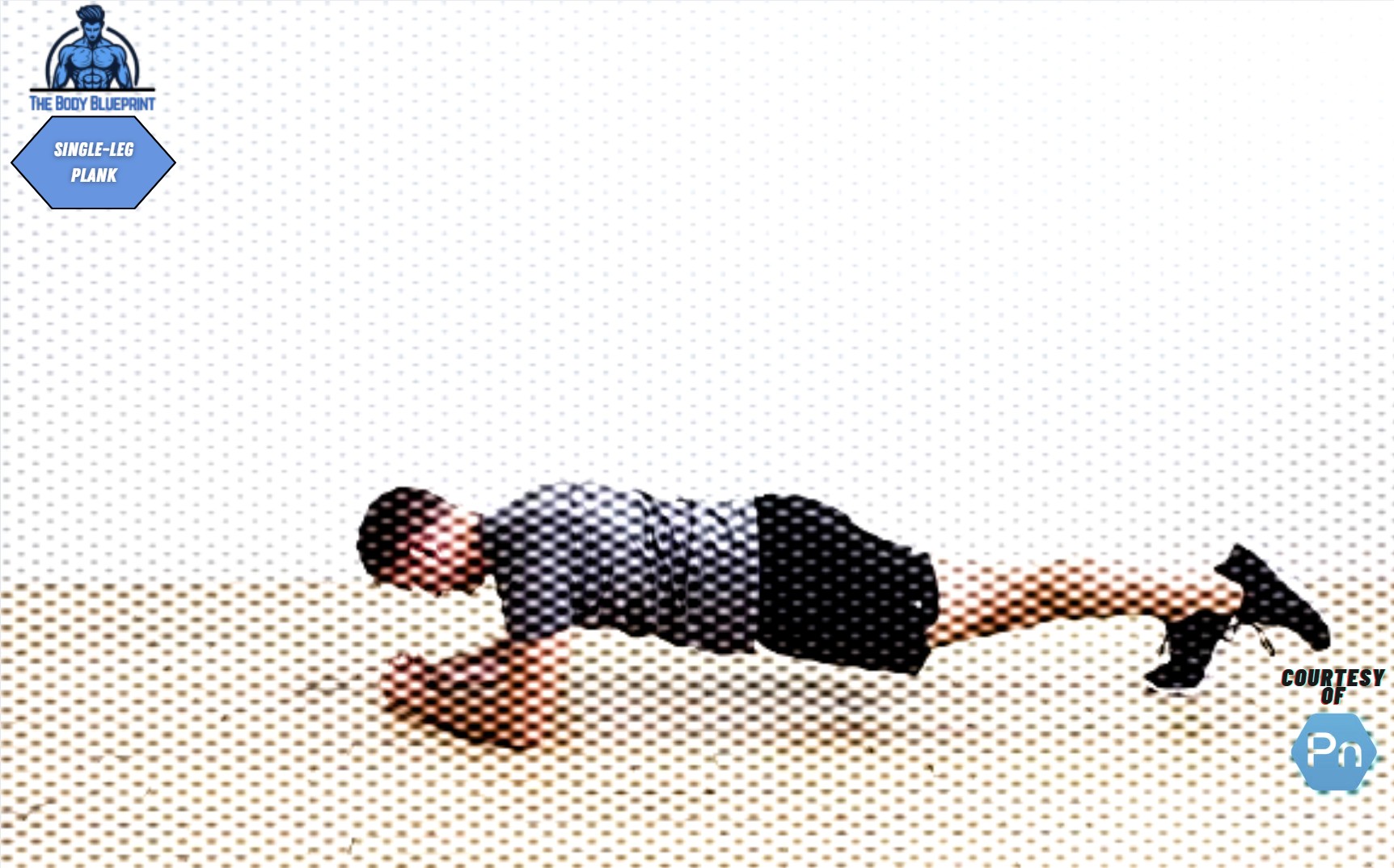When it comes to functional strength and core stability, the single-leg plank is like the Swiss Army knife of exercises. You’re not just working your abs; you’re calling in the whole crew—glutes, shoulders, and even those tiny stabilizing muscles you didn’t know existed. If you’re ready to unlock beast-mode-level balance, strength, and control, let’s break this move down so you can dominate it like a legend.

Why Single-Leg Planks Are the Ultimate Core Power Move
Think of your core as the body’s command center. A single-leg plank doesn’t just torch your abs—it makes your entire body smarter. Here’s why this move deserves a spot in your workout rotation:
- Enhanced Core Stability: By shifting weight to one leg, your core compensates, cranking stability into overdrive.
- Improved Balance and Coordination: Your brain and muscles get a crash course in teamwork.
- Strengthens Glutes and Lower Back: Lifted legs mean fired-up glutes, protecting your lower back like a suit of armor.
- Low-Impact Yet Intense: No jumping, no equipment, just pure grind.
Performing the Single-Leg Plank Step-by-Step
Let’s keep it simple and effective. Here’s the blueprint for getting into position:
- Start in a Classic Plank
- Plant your hands under your shoulders.
- Keep your feet hip-width apart.
- Engage your core like you’re about to take a punch.
- Lift One Leg
- Raise your left leg straight to hip height.
- Don’t let your hips sag or tilt—think level and strong.
- Hold That Line
- Keep your spine straight, from the crown of your head to your lifted heel.
- Switch Legs
- After 20-30 seconds (or however long you can hold), switch to your right leg.
Pro Tip: Don’t let your head drop. Keep your gaze just ahead of your hands for proper alignment.
Muscle Breakdown: What’s Working?
Here’s what’s putting in the work when you’re in beast mode:
| Muscle Group | Primary Function |
|---|---|
| Rectus Abdominis | Stabilizes the core and prevents sagging. |
| Obliques | Controls rotation and lateral balance. |
| Gluteus Maximus | Powers the lifted leg and stabilizes hips. |
| Deltoids | Keeps your shoulders locked in position. |
| Erector Spinae | Supports your lower back and posture. |
Common Mistakes to Avoid
A single-leg plank can make or break your form. Watch out for these pitfalls:
- Dropping Hips: Keep your hips level—don’t let gravity win.
- Overarching Your Back: Engage your core and tuck your pelvis slightly.
- Holding Your Breath: Oxygen is fuel—breathe deep and steady.
- Rushing the Hold: Quality over quantity. It’s not a race.
Step Up Your Game: Variations for the Brave
Once you’ve nailed the basics, spice it up with these challenges:
- Single-Leg Plank with Shoulder Tap
- Alternate tapping each shoulder while keeping one leg raised.
- Side Plank with Leg Lift
- Rotate into a side plank and lift your top leg for added fire.
- Weighted Single-Leg Plank
- Place a small weight on your back or ankle for extra resistance.
- Dynamic Single-Leg Plank
- Move your raised leg in small circles or pulses.
Programming Single-Leg Planks Into Your Routine
Not sure where this move fits into your grind? Here’s a quick guide:
| Workout Goal | Plank Duration | Sets | Rest Between Sets |
|---|---|---|---|
| Core Strength | 20-30 seconds | 3-4 | 30-45 seconds |
| Endurance | 40-60 seconds | 3 | 1 minute |
| Advanced Stability | 60+ seconds | 4-5 | 30 seconds |
FAQs: Crushing the Details
Q: Can beginners do single-leg planks?
A: Absolutely! Start with shorter holds—try 10-15 seconds per side—and gradually build up.
Q: What if my wrists hurt?
A: Switch to a forearm plank position. You’ll still reap all the benefits.
Q: How often should I do single-leg planks?
A: Aim for 2-3 times a week, either as part of your core circuit or at the end of your workout.
Q: How do I know if my form is solid?
A: Use a mirror or record yourself. Look for a straight line from head to heel and no hip dipping.
Final Thoughts
The single-leg plank isn’t just another exercise—it’s a rite of passage into a world of unparalleled strength and control. Master it, and you’ll feel unstoppable both in and out of the gym.
So, drop down, lift that leg, and prove to yourself (and anyone watching) that you’ve got what it takes. Remember, every second in that plank is a step closer to becoming the strongest version of yourself. Let’s get it.
